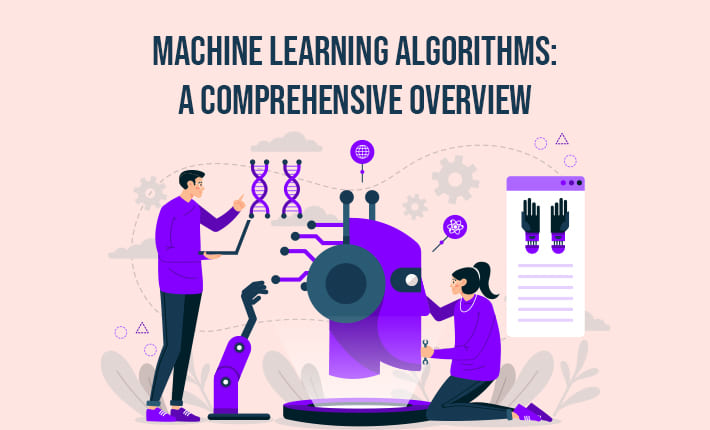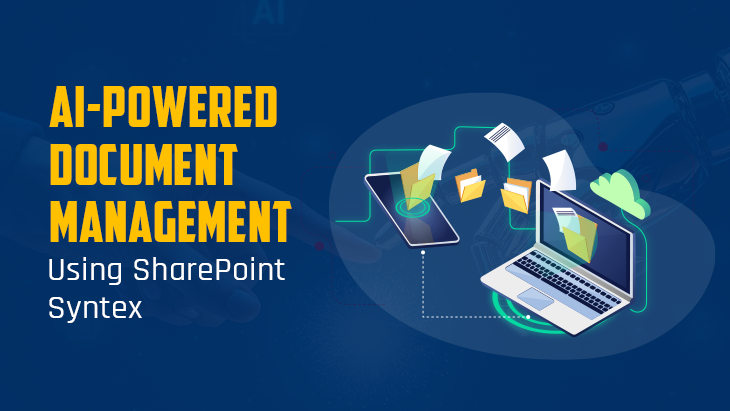Quantifying The Popularity Of Machine Learning Algorithms
Machine learning algorithms have gained significant popularity in recent years due to their ability to learn from data and make predictions or decisions without being explicitly programmed to do so. However, not all machine learning algorithms are equally popular, and the popularity of each algorithm can vary depending on several factors such as the type of problem being solved, the size of the dataset, and the performance of the algorithm.
One way to quantify the popularity of machine learning algorithms is to analyze their usage in research papers, industry applications, and online tutorials. Another way is to analyze their usage in open-source libraries such as TensorFlow, Keras, and Scikit-learn, which provide implementations of several machine learning algorithms.
According to a survey conducted by Kaggle, the most popular machine learning algorithms among data scientists and machine learning engineers were linear regression, decision trees, random forests, and gradient boosting machines. These algorithms are commonly used for regression and classification problems and are relatively easy to implement and interpret.
However, the popularity of machine learning algorithms can vary depending on the type of problem being solved. For example, convolutional neural networks (CNNs) are commonly used for image recognition and computer vision tasks, while recurrent neural networks (RNNs) are commonly used for natural language processing tasks. In recent years, deep learning algorithms such as CNNs and RNNs have gained significant popularity due to their ability to learn complex representations of the input data and achieve state-of-the-art performance in several applications.
The popularity of machine learning algorithms can also vary depending on their performance and scalability. For example, support vector machines (SVMs) are known for their high accuracy and ability to handle high-dimensional data, but they can be computationally expensive and difficult to scale to large datasets. On the other hand, k-nearest neighbors (KNN) and decision trees are relatively fast and scalable but may not perform as well as other algorithms on certain types of data.
The popularity of machine learning algorithms can be quantified by analyzing their usage in research papers, industry applications, and open-source libraries. Linear regression, decision trees, random forests, and gradient boosting machines are among the most popular algorithms among data scientists and machine learning engineers, while deep learning algorithms such as convolutional neural networks and recurrent neural networks have gained significant popularity in recent years. The popularity of machine learning algorithms can also vary depending on the type of problem being solved, their performance, and scalability.
Top 6 Machine Learning Algorithms
Machine learning algorithms are at the heart of the AI revolution, allowing computers to learn from data and make predictions or decisions without being explicitly programmed to do so. There are several types of machine learning algorithms, each with its own strengths and weaknesses. In this comprehensive overview, we will explore the most common types of machine learning algorithms and their applications.
1) Supervised Learning Algorithms
Supervised learning algorithms are used when the output variable is known, and the algorithm is trained on a set of labeled data to predict future outcomes. The most common supervised learning algorithms are regression and classification algorithms. Regression algorithms predict a continuous output variable, while classification algorithms predict a categorical output variable. Examples of supervised learning algorithms include linear regression, logistic regression, decision trees, and support vector machines.
2) Unsupervised Learning Algorithms
Unsupervised learning algorithms are used when the output variable is unknown, and the algorithm is trained on a set of unlabeled data to find patterns and relationships in the data. The most common unsupervised learning algorithms are clustering and association rule learning algorithms. Clustering algorithms group similar data points together based on their similarity, while association rule learning algorithms identify patterns and relationships between variables. Examples of unsupervised learning algorithms include k-means clustering, hierarchical clustering, and Apriori algorithm.
3) Semi-Supervised Learning Algorithms
Semi-supervised learning algorithms are used when only a portion of the data is labeled, and the algorithm is trained on both labeled and unlabeled data to predict future outcomes. The most common semi-supervised learning algorithms are self-training and co-training algorithms. Self-training algorithms use the labeled data to train a model, and then use the model to label the unlabeled data. Co-training algorithms use multiple models to learn from different parts of the data, and then combine the models to make predictions. Semi-supervised learning algorithms are useful when labeling large datasets is time-consuming or expensive.
4) Reinforcement Learning Algorithms
Reinforcement learning algorithms are used when the algorithm interacts with an environment and learns from feedback in the form of rewards or punishments. The algorithm is trained to maximize the reward over time by learning which actions lead to the highest reward. Reinforcement learning algorithms are commonly used in gaming, robotics, and autonomous vehicles.
5) Deep Learning Algorithms
Deep learning algorithms are a subset of neural networks that use multiple layers to learn complex representations of the input data. Deep learning algorithms have achieved state-of-the-art performance in image recognition, natural language processing, and speech recognition. Examples of deep learning algorithms include convolutional neural networks, recurrent neural networks, and deep belief networks.
6) Transfer Learning Algorithms
Transfer learning algorithms are used when a pre-trained model is used as a starting point for a new task. Transfer learning algorithms are useful when there is a limited amount of labeled data available for the new task. The pre-trained model is fine-tuned on the new task, and the weights of the pre-trained model are updated to improve the performance on the new task. Transfer learning algorithms are commonly used in image and language processing.
In conclusion, machine learning algorithms are powerful tools that allow computers to learn from data and make predictions or decisions without being explicitly programmed to do so. There are several types of machine learning algorithms, each with its own strengths and weaknesses. Supervised learning algorithms are used when the output variable is known, unsupervised learning algorithms are used when the output variable is unknown, semi-supervised learning algorithms are used when only a portion of the data is labeled, reinforcement learning algorithms are used when the algorithm interacts with an environment and learns from feedback, deep learning algorithms are a subset of neural networks that use multiple layers to learn complex representations of the input data, and transfer learning algorithms are used when a pre-trained model is used as a starting point for a new task. Understanding.
















Post Comments